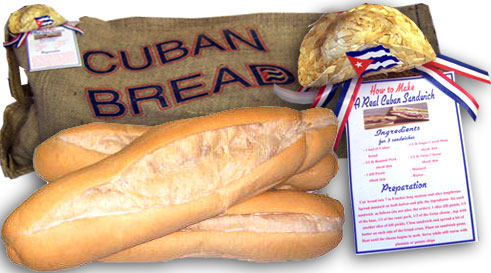Craving the Other is an interesting article by Soleil Ho about food and cultural appropriation. The most powerful criticism of fetishizing foods from other cultures is in the last paragraph of the article:
Over time, you grow to associate nationalities with the quaint little restaurants that you used to frequent, before they were demolished and replaced with soulless, Americanized joints. You look at a map of the world and point a finger to Mongolia. “Really good barbecue.” El Salvador. “Mmm, pupusas.” Vietnam. “I love pho!” When you divorce a food from its place and time, you can ignore global civil unrest and natural disasters (see: Zagat declaring Pinoy cuisine the “next great Asian food trend” this past fall as deadly floods swept through the Philippines), knowing as you do that the world’s cultural products will always find safe harbor in your precious, precious mouth.
Ho worries that accumulating insider knowledge of the food of other cultures, while continuing to frame it as exotic is a strategy for non-immigrant Americans to “make you look like a more exciting, more interesting person”. I think this is a valid concern, and certainly a dynamic that non-migrants should be aware of and accountable to, but I think the dynamic of interest in food and culture has another important dimension to consider.
My father, a fourth generation Chinese American, came from a family whose parents pushed hard for their children to assimilate into what they perceived as American culture in Flint, Michigan. While his parents could speak Cantonese, they never passed this language to the children. My dad’s uncles owned and operated a Chinese restaurant, but I remember my grandmother meticulously cooking dishes like meatloaf when she came to visit rather than any Cantonese dishes. I remember my dad cooking dace, using fermented bean pastes and stinking up the house. In retrospect, I think that this was a way that he tried to define and connect with his Chineseness.
Ho describes observing how families of childhood friends would prepare pulled pork sandwiches with coleslaw and how she tried to meticulously mimic the rituals around eating this American food in the same way that peers would later watch her to learn how to eat Vietnamese food authentically. I wonder if most kids who grew up in America, distant from immigrant experiences, even have food traditions like pulled pork sandwiches with coleslaw on them. My parents’ generation was one that felt the full pressure of the big food industry on American culture. Many of the meals of their childhoods were ones prescribed by cookbooks from Betty Crocker, Jello or advertisements for canned green beans in Good Housekeeping. I feel like many of my generation take interest in non-American foods, or regional American foods, outside of their own families’ experience, to try to try have some deeper relationship with food and culture, any food and culture, other than the one afforded them by large corporations pushing a mass-produced, homogenized version of American food.
This leaves us in an uncomfortable space. Americans whose experience with food has been mediated by a few generations of corporate food production are hungry for having food, and really a culture at large, that feels based on lived experience and not one that’s so heavily prescribed for them. At the same time, this doesn’t make the food, traditions and culture of migrants to the United States a buffet for us to pick from, out of context, to try to fill the gap left by a lost generation of American eaters. I think it’s important to recognize the sadness of loss of culture experienced by many non-migrant Americans that exists beneath or alongside a more dubious desire to be in-the-know about the most recently “discovered” or most exotic foods. At the same time, those of us foraging for meaningful cultural experiences around food need to be act in a way that acknowledges that appropriation of food can be destructive in magnitudes equal to the damage done to American food traditions by corporate food.
Ultimately thinking about food and cultural appropriation makes me feel the same way that I feel about economic and racial residential segregation: angry and sad to be left with a situation where it’s so hard for our best-intended motions to not perpetuate the very systems that left us in this mess.
Related
These are a couple of cultural artifacts that I’ve come across recently that fit in a similar brain space as Ho’s essay.
- Roy Choi’s Tacos Channel LA And The Immigrant Experience – Really interesting Fresh Air interview. Choi touches on his experience as an immigrant of trying to find cultural touchstones that felt more American but weren’t necessarily those of White, suburban American culture.
- The Mind of a Chef: Season 1 – Really entertaining PBS show (I’ve been watching it on Netflix) that follows chef David Chang. Personal experience with food and cultural appropriation collide.

